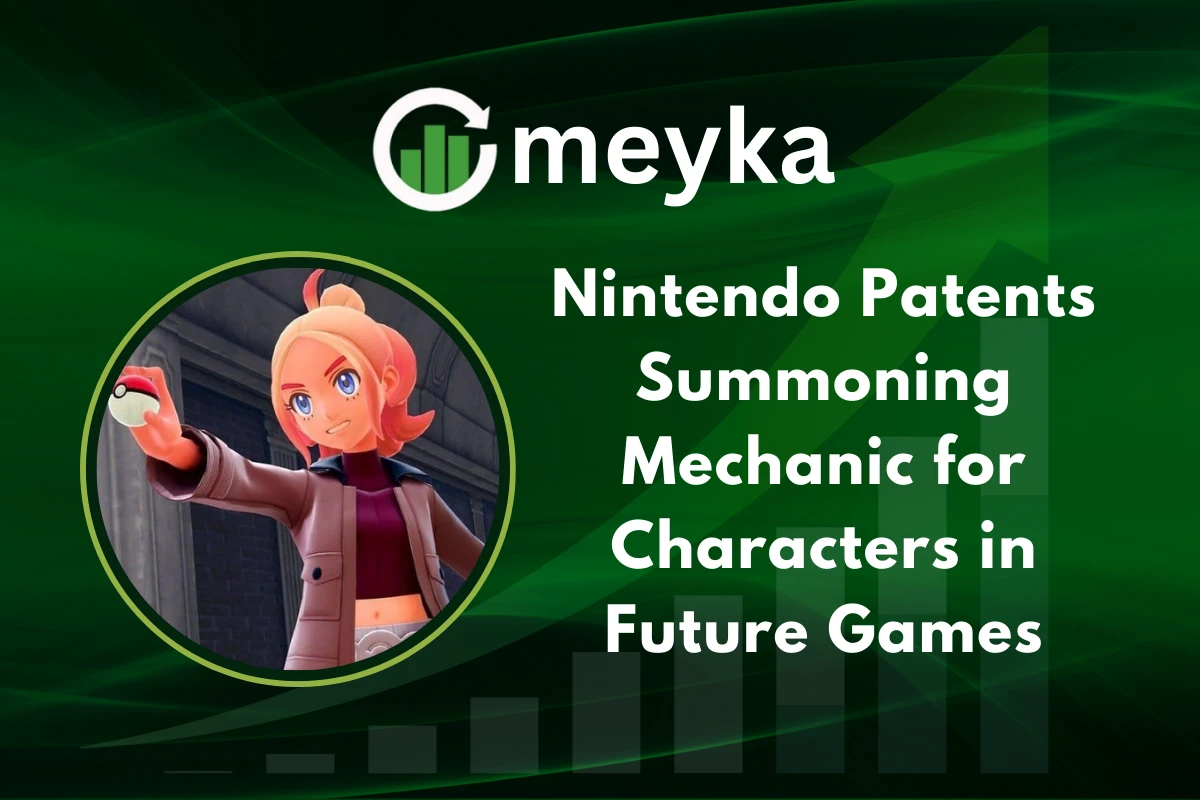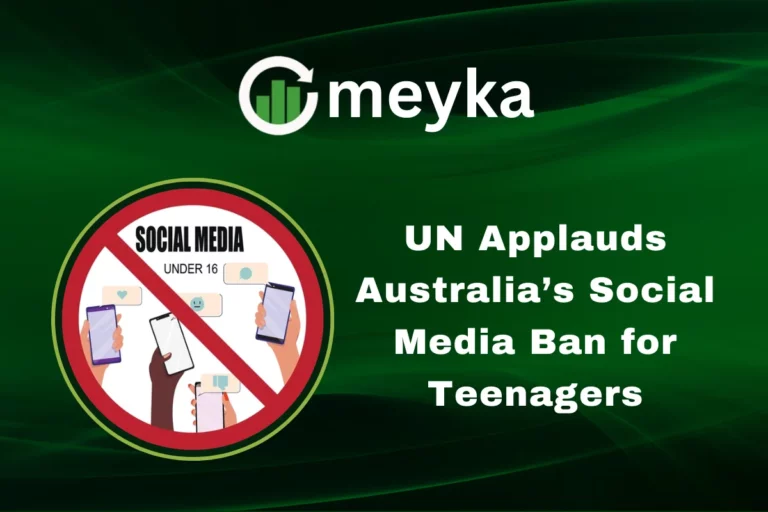Nintendo Patents Summoning Mechanic for Characters in Future Games
Nintendo was recently granted a U.S. patent that formalizes a gameplay loop for summoning a secondary character that can fight on the player’s behalf. The patent, recorded as U.S. Patent No. 12,403,397, traces to an application filed in March 2023, and it arrives against the backdrop of Nintendo’s legal tensions tied to Palworld.
This development has immediate implications for designers, independent studios, and the broader debate about whether common game mechanics should be patent-eligible.
Nintendo Patents Summoning: what the new filing reveals
The filing describes a system in which a player controls a main character in a virtual environment, issues an input to summon a sub character, and when an enemy is present, the summoned unit engages in combat.
If there is no immediate enemy, the summoned entity can move autonomously until it encounters a foe.
The patent details technical elements such as spawn location detection, the linking of a summoned entity to a player instance, and the rules that govern when control transfers to the summoned unit. Because the claim language is broad, many developers and IP experts are reading the filing carefully to judge how far the claims might stretch.
How the mechanic works according to the patent
Diagrams and flow charts included with the filing show a step by step process: detect a summon command, instantiate a sub character at a chosen location, and route either player inputs or AI behavior to resolve combat interactions.
The documents describe expected behavior when a summoned character appears in a neutral zone, how control can switch fluidly between the player and the summoned entity, and related sequences for transitions such as smooth switching of riding or mounted objects.
Taken together, the filing reads like a catalogue of interactive transitions the company wants protected, not just a single isolated trick.
Industry and gamer reactions to Nintendo’s Patents Summoning
Reaction has been immediate and mixed. Some industry watchers treat the grant as a defensive legal tool connected to Nintendo’s action against Pocketpair over Palworld, a dispute that led Pocketpair to tweak summon-related features to avoid further disruption.
Other commentators argue the patent is overbroad because summon systems have existed across gaming history, which raises questions about novelty and prior art.
Threads on developer forums and community comment pages are filled with debates about enforcement likelihood, design workarounds, and how patent grants like this will shape creative choices.
Possible applications in Pokémon, Pikmin, and Zelda
The clearest mapping is to Pokémon, where deploying creatures into battle is the central interaction. The patent’s language could also cover unit deployment in Pikmin, short-lived assist characters in Super Smash Bros, and minion systems in third-party role-playing games.
For many studios, the practical options will be auditing summon implementations, designing around the claim language, or exploring licensing if overlap appears likely.
Could this change how Nintendo’s future games are played? It could, if Nintendo decides to press claims against implementations it deems too similar; otherwise, the patent may remain a targeted legal tool.
Why Nintendo is betting on patents to protect gameplay ideas
For a company built on long-lived franchises, patents can be strategic assets. They can deter copycats, support licensing negotiations, and create an additional legal basis to challenge perceived infringers.
In the context of the Palworld dispute, a granted patent gives Nintendo options beyond trademark and copyright claims, and it can strengthen negotiation positions when protecting core franchise mechanics.
That approach may protect commercial investment, but it also risks public backlash and could invite legal challenges that test whether interactive mechanics are truly novel.
Critics warn about broad gameplay patents
Legal commentators, journalists, and many developers have pushed back, saying that granting patents on commonly used mechanics may chill innovation. Critics point out that summon mechanics appear in older RPGs and strategy titles, which raises the prospect of prior art challenges that could narrow or invalidate Nintendo’s claims.
Some observers call the grant an example of the patent system’s shortcomings when applied to interactive entertainment, and they urge clearer standards so that obvious gameplay ideas do not receive sweeping protection.
Investor and market interest in Nintendo’s long-term strategy
Shareholders often treat IP as part of a company’s intangible capital, so expanded legal protections can appear to strengthen a firm’s competitive moat. At the same time, active enforcement can create reputational and regulatory risks.
Social media and gamer commentary: tweets and threads
Social platforms show a mix of humor, legal analysis, and genuine concern. Some community posts point to decades of summoning examples as evidence of prior art, while others mock the idea of litigating every mage in a role-playing game. Analyst accounts and news outlets posted quick takes that mirror community unease.
For immediate reactions, see commentary by SynthPotato, Pirat_Nation, VGC_News, and Grummz for snapshots of skeptical and bemused responses.
What comes next for Nintendo and the gaming industry
Three practical outcomes are likely: Nintendo may try targeted enforcement against titles it believes infringe, developers may design around the claims or pursue licensing, and legal challenges may test whether the patent survives scrutiny on novelty and obviousness grounds. Industry groups and policymakers could also press for clearer guidance on how to treat gameplay-related inventions.
Does this give Nintendo too much control over game mechanics? That question will be answered by enforcement choices, court rulings, and whether challengers can successfully demonstrate prior art.
Conclusion
Nintendo Patents Summoning is more than a legal footnote; it is a moment that forces the industry to consider how intellectual property law intersects with creative practice. With U.S. Patent No. 12,403,397 in its portfolio, Nintendo adds a controversial and powerful tool to its IP toolkit.
Whether that tool protects innovation or narrows the space for other creators depends on enforcement, litigation outcomes, and possible policy responses at patent offices. For developers, players, and legal watchers, the months ahead will reveal whether familiar mechanics are licensed, redesigned, or tested in court.
FAQ’S
It refers to Nintendo’s new US patent that covers summoning characters to fight on behalf of the player in future games.
Franchises like Pokémon, Super Smash Bros, and The Legend of Zelda are likely candidates.
Nintendo wants to protect innovative gameplay mechanics and secure its competitive edge in the gaming industry.
Reactions are mixed, with some praising innovation while others worry about broad patent restrictions.
Yes, it may limit smaller studios from using similar mechanics without licensing or legal risks.
Disclaimer
This content is for informational purposes only and is not financial advice. Always conduct your research.






